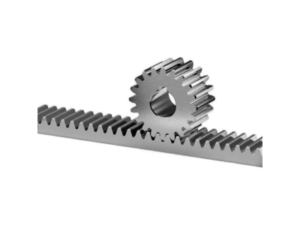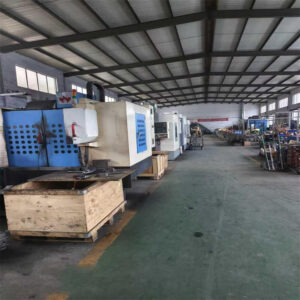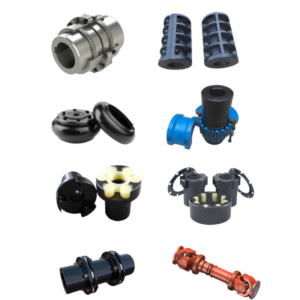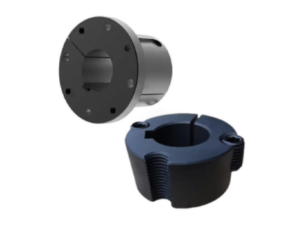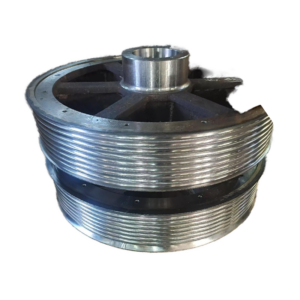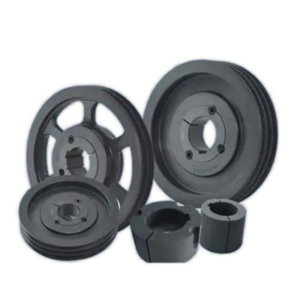Gears are one of the most fundamental components in mechanical systems, playing a critical role in transmitting power and motion between rotating shafts. From simple machines to complex industrial equipment, gears are indispensable in ensuring efficient and precise operation. This article provides an overview of gear types, design principles, key parameters, and their applications.
1. Types of Gears
Gears come in various types, each designed for specific applications and operating conditions. The most common types include:
1.1 Spur Gears
- Description: Spur gears have straight teeth and are mounted on parallel shafts.
- Applications: Used in simple transmission systems, such as clocks, washing machines, and conveyor systems.
- Advantages: Easy to manufacture, cost-effective, and efficient for low-speed applications.
1.2 Helical Gears
- Description: Helical gears have angled teeth that are cut in a helix shape, allowing for smoother and quieter operation.
- Applications: Commonly used in automotive transmissions, industrial machinery, and high-speed applications.
- Advantages: Reduced noise and vibration, higher load capacity compared to spur gears.
1.3 Bevel Gears
- Description: Bevel gears have conical shapes and are used to transmit motion between intersecting shafts, typically at a 90-degree angle.
- Applications: Found in differential drives, hand drills, and marine propulsion systems.
- Advantages: Efficient power transmission at various angles.
1.4 Worm Gears
- Description: Worm gears consist of a worm (screw) and a worm wheel, providing high reduction ratios and compact designs.
- Applications: Used in elevators, conveyor systems, and heavy machinery.
- Advantages: High torque output, self-locking capability.
1.5 Planetary Gears
- Description: Planetary gears consist of a central sun gear, planet gears, and an outer ring gear, offering high power density and compactness.
- Applications: Used in automotive transmissions, robotics, and aerospace systems.
- Advantages: High efficiency, uniform load distribution, and compact design.
2. Gear Design and Key Parameters
Designing gears involves understanding several key parameters that define their performance and compatibility. The most important parameters include:
2.1 Module (Metric System)
- Definition: The module (mm) is the ratio of the pitch diameter to the number of teeth, measured in millimeters.
- Formula:m=dNm=Ndwhere dd is the pitch diameter and NN is the number of teeth.
- Significance: Determines the size and strength of the gear teeth.
2.2 Diametral Pitch (DP, Imperial System)
- Definition: The diametral pitch (DPDP) is the number of teeth per inch of pitch diameter.
- Formula:DP=NdDP=dN
- Significance: Used in imperial systems to describe gear tooth size.
2.3 Pressure Angle
- Definition: The angle between the line of action and the tangent to the pitch circle, typically 20° or 14.5°.
- Significance: Affects the gear’s strength, noise level, and efficiency.
2.4 Gear Ratio
- Definition: The ratio of the number of teeth on the driving gear to the number of teeth on the driven gear.
- Formula:Gear Ratio=N2N1Gear Ratio=N1N2
- Significance: Determines the speed and torque relationship between gears.
2.5 Face Width
- Definition: The width of the gear teeth along the axial direction.
- Significance: Influences the gear’s load-carrying capacity and durability.
3. Gear Materials and Manufacturing
Gears are manufactured from a variety of materials, depending on the application and operating conditions. Common materials include:
- Steel: High strength and durability, used in heavy-duty applications.
- Cast Iron: Good wear resistance and damping properties, suitable for low-speed applications.
- Brass/Bronze: Used for low-load, high-speed applications, such as small machinery.
- Plastics: Lightweight and corrosion-resistant, used in low-load, low-noise applications.
Gear manufacturing processes include:
- Cutting: Using hobbing, milling, or shaping machines to create gear teeth.
- Grinding: Finishing process to achieve high precision and surface quality.
- Heat Treatment: Enhancing hardness and wear resistance through processes like carburizing or quenching.
4. Applications of Gears
Gears are used in a wide range of industries and applications, including:
- Automotive: Transmissions, differentials, and steering systems.
- Industrial Machinery: Conveyors, pumps, and machine tools.
- Aerospace: Landing gear systems, actuators, and engine components.
- Robotics: Precision motion control and power transmission.
- Consumer Electronics: Printers, cameras, and household appliances.
5. Challenges and Future Trends
- Challenges: Gear systems face issues such as noise, wear, and efficiency losses under high loads or extreme conditions.
- Future Trends:
- Advanced Materials: Development of lightweight, high-strength materials for improved performance.
- Smart Gears: Integration of sensors for real-time monitoring and predictive maintenance.
- Additive Manufacturing: 3D printing of gears for rapid prototyping and customized designs.
Conclusion
Gears are essential components in modern engineering, enabling the efficient transmission of power and motion across countless applications. Understanding the types, design principles, and key parameters of gears is crucial for optimizing their performance and ensuring the reliability of mechanical systems. As technology advances, gears will continue to evolve, offering even greater efficiency, durability, and versatility in the future.

